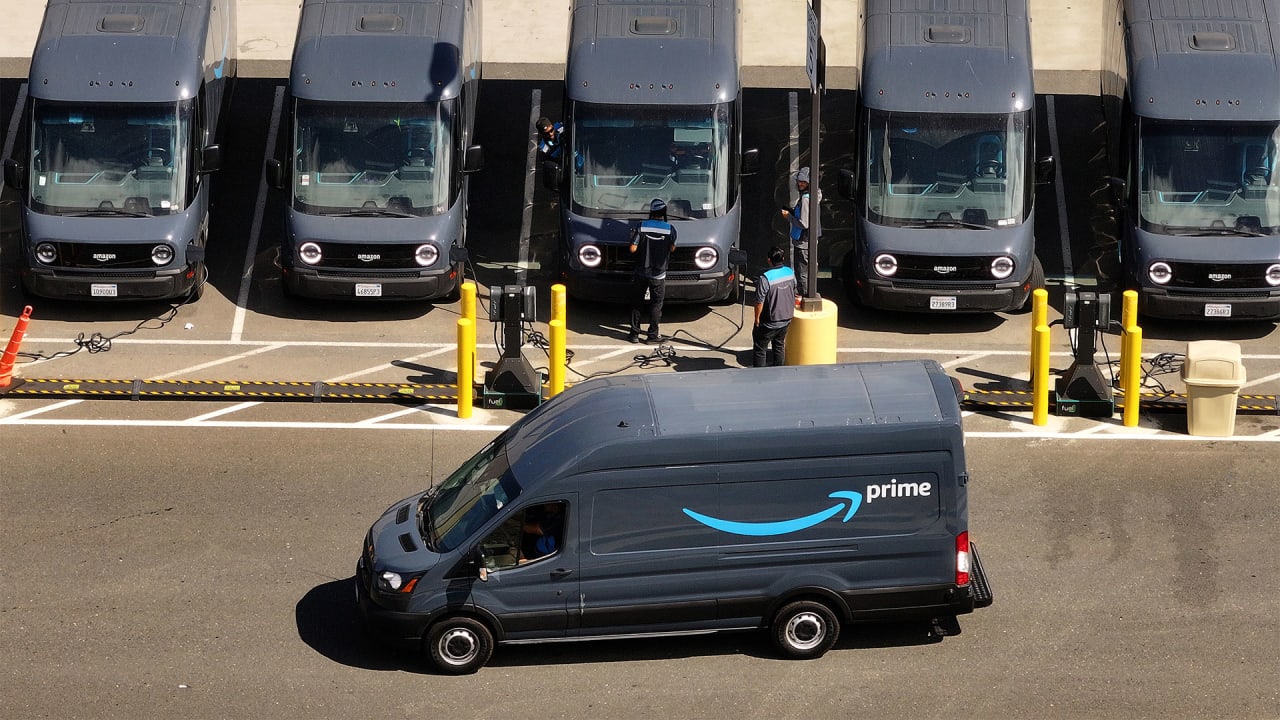The engineer's guide to staying ahead of cyber threats
How the engineering industry can stay ahead of cyber attacks.

Cybercriminals don’t discriminate. They go where the money, data, and opportunities are. And in today's hyper-connected world, engineering firms have become lucrative targets. The recent attacks on companies such as IMI and Smiths Group are a prime example of that. In engineering environments, cybersecurity can’t be just an add-on. Not when complex supply chains, high-value intellectual property, and critical infrastructure are at stake. Not when a single security breach can lead to catastrophic consequences.
Imagine an engineering firm spearheading smart infrastructure projects, embedding sensors into bridges to monitor structural integrity. A cyberattack could manipulate those readings, triggering unnecessary shutdowns, or worse, concealing a real threat. Now scale that risk across an entire industry reliant on smart manufacturing, Industrial IoT (IIoT) devices, and cloud-based systems. Every new digital advancement creates another entry point for hackers.
Yet, despite the dangers, cybersecurity in engineering is often reactive rather than proactive. Many firms treat security as patching vulnerabilities only after an attack has already taken place. So how does that mindset change?
From firefighting to prevention
Cybersecurity used to function like a fire department – teams would rush to put out flames after a breach. But today’s threat landscape demands something different, from continuous network monitoring and early detection to rapid response. This is where Security Information and Event Management (SIEM) comes into play.
SIEM operates like a high-tech security nerve center, constantly scanning logins, file access, and network traffic for anomalies. When it detects suspicious activity such as an unauthorized attempt to access sensitive blueprints, it raises an alert before real damage occurs. And if an attack does happen, SIEM doesn’t only just sound the alarm – it provides forensic insights, helping companies understand how the breach occurred, where it spread, and how to prevent it from happening again.
For an industry where security failures can have life-or-death consequences, this kind of proactive defense is non-negotiable.
High-tech meets the human element
The good news is that the time it takes to detect and contain breaches is improving. Thanks to automation, in 2024, the average time dropped to 258 days, the shortest in seven years. But there’s still room for improvement, and AI-driven cybersecurity solutions are stepping up.
For instance, AI processes massive amounts of security data in real-time, identifying patterns in API calls, logins, and system behavior to flag anomalies faster than any human team could. Think of it as a digital watchdog that never sleeps. When combined with SIEM, AI can pinpoint suspicious behavior, like an industrial machine suddenly executing unauthorized commands, before an incident escalates.
And beyond just detection, AI-driven automation reduces breach costs. In fact, research from IBM found that companies leveraging AI in cybersecurity saved an average of $2.22 million per breach compared to those that didn’t.
But even the most advanced systems can’t compensate for basic cybersecurity hygiene. An impressive 22% of last year’s breaches stemmed from avoidable human error – misconfigured settings, weak passwords, or falling for phishing emails. Yet, despite the risks, many companies remain critically understaffed in cybersecurity expertise. In fact, the World Economic Forum found that in 2024, only 14% of organizations felt confident in their ability to fend off cyberattacks.
A balanced approach is the only effective solution. While AI and automation enhance security, organizations still need skilled professionals to interpret threats, make critical decisions, and instill a culture of cyber awareness across their workforce.
Cost vs investment
Data breaches aren’t just technical issues, they can be financial disasters. In 2024, the average cost of a breach surged to $4.88 million, up from $4.45 million the previous year – a whopping 10% spike and the highest increase since the pandemic.
For engineering firms, the stakes are even higher. A single cyberattack on a company developing next-generation electric vehicles could leak years of research to competitors, wiping out its competitive edge overnight. A breach in a transportation infrastructure project could delay completion timelines, inflate costs, and erode public trust.
By embedding SIEM into their cybersecurity framework, engineering companies can ensure that every digital action – whether it’s accessing blueprints, placing procurement orders, or monitoring industrial processes – is continuously protected. The result? Reduced downtime, lower financial risk, and a reputation as a secure and forward-thinking industry leader.
We list the best RFP platform.
This article was produced as part of TechRadarPro's Expert Insights channel where we feature the best and brightest minds in the technology industry today. The views expressed here are those of the author and are not necessarily those of TechRadarPro or Future plc. If you are interested in contributing find out more here: https://www.techradar.com/news/submit-your-story-to-techradar-pro














![31 Top Social Media Platforms in 2025 [+ Marketing Tips]](https://static.semrush.com/blog/uploads/media/0b/40/0b40fe7015c46ea017490203e239364a/most-popular-social-media-platforms.svg)

































































































































![[Webinar] AI Is Already Inside Your SaaS Stack — Learn How to Prevent the Next Silent Breach](https://blogger.googleusercontent.com/img/b/R29vZ2xl/AVvXsEiOWn65wd33dg2uO99NrtKbpYLfcepwOLidQDMls0HXKlA91k6HURluRA4WXgJRAZldEe1VReMQZyyYt1PgnoAn5JPpILsWlXIzmrBSs_TBoyPwO7hZrWouBg2-O3mdeoeSGY-l9_bsZB7vbpKjTSvG93zNytjxgTaMPqo9iq9Z5pGa05CJOs9uXpwHFT4/s1600/ai-cyber.jpg?#)










































![How to Find Low-Competition Keywords with Semrush [Super Easy]](https://static.semrush.com/blog/uploads/media/73/62/7362f16fb9e460b6d58ccc09b4a048b6/how-to-find-low-competition-keywords-sm.png)



